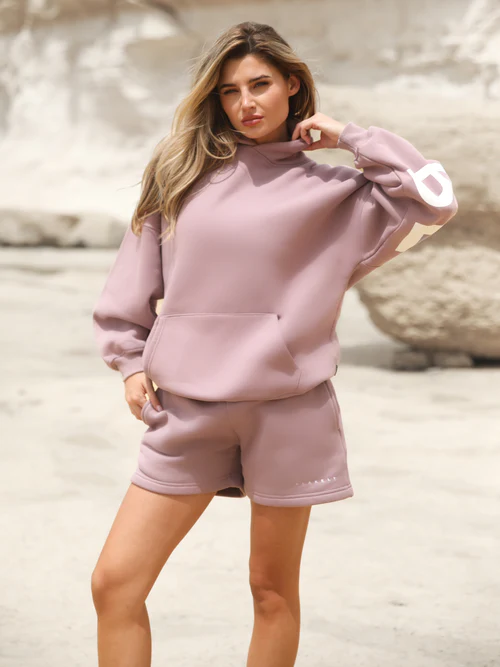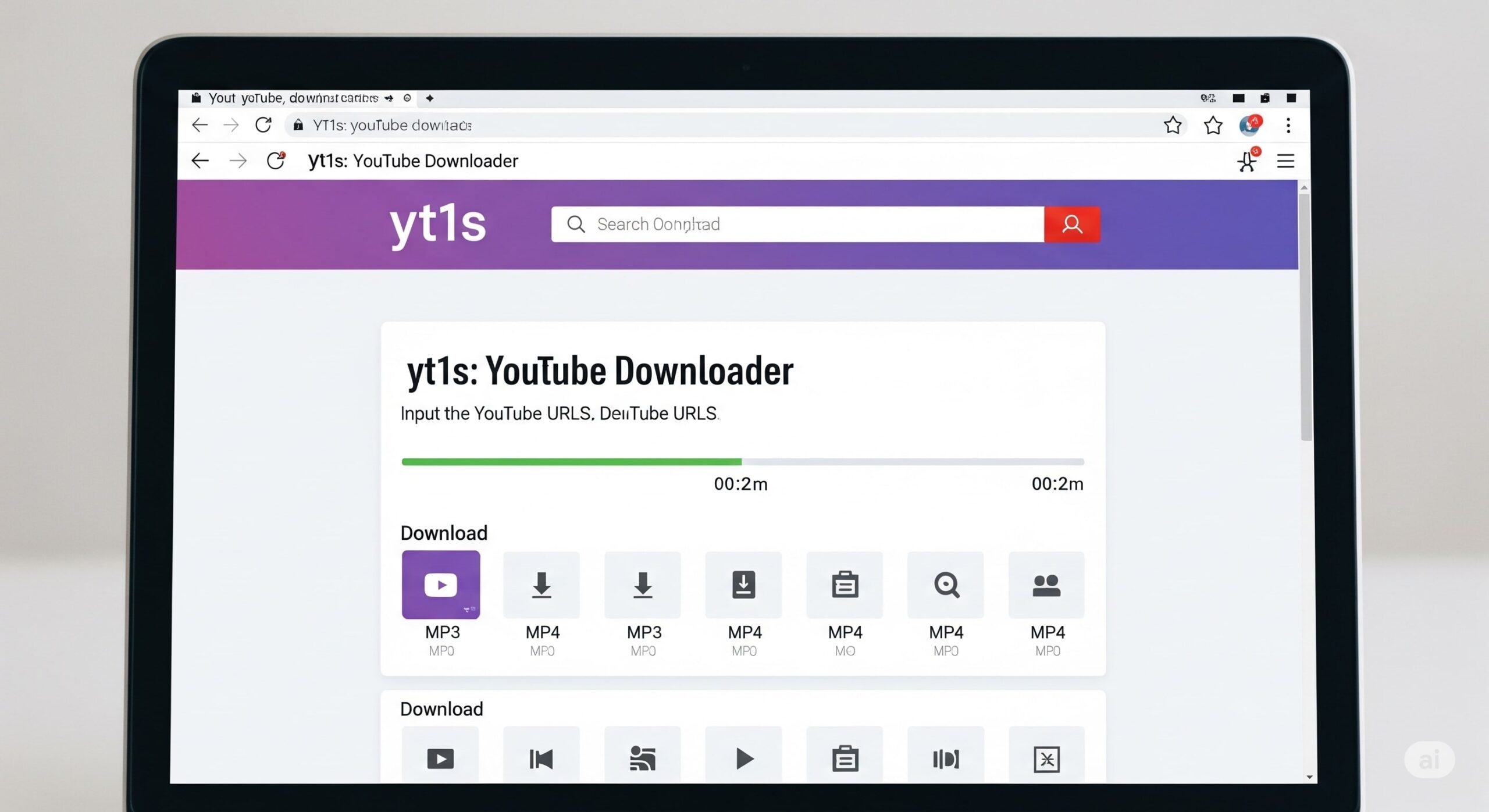Paid social advertising is one of the most powerful tools for marketers today, but a B2B campaign on LinkedIn works very differently from a B2C ad on TikTok. Using the same approach for both risks wasted budget, low engagement, and poor ROI.
If you’re considering working with a paid social advertising agency, understanding the key differences between B2B and B2C campaigns will help you ask the right questions and set the right expectations before investing your budget.
The key is understanding how objectives, platforms, messaging, targeting, and measurement differ between B2B (Business-to-Business) and B2C (Business-to-Consumer) campaigns.
B2B campaigns focus on lead generation, trust-building, and long-term sales cycles involving multiple decision-makers. B2C campaigns rely on emotional storytelling, mass reach, and quick conversions.
This guide breaks down the major differences between B2B and B2C paid social campaigns—with practical tips, examples, and best practices—so you can build smarter strategies for either model.
1. B2B vs. B2C: Core Campaign Differences
At a high level, the gap between B2B and B2C campaigns comes down to three factors:
- Buying journey
- Audience characteristics
- Campaign objectives
Buying journey
- B2B: Longer, multi-step process involving demos, proposals, and multiple stakeholders. Purchase decisions require rational justification—ROI, efficiency, compliance.
- B2C: Fast, sometimes impulsive. Consumers see an ad, click, and buy—especially for low-ticket products.
Audience characteristics
- B2B: Niche audiences defined by roles, industries, or company size. Example: “IT Directors at SaaS companies with 50–500 employees.”
- B2C: Larger, diverse audiences grouped by demographics, lifestyle, and interests. Example: “Millennials interested in fitness gear.”
Campaign objectives
- B2B: Lead generation, pipeline building, nurturing sequences.
- B2C: Brand awareness, product launches, sales conversions, repeat purchases.
In short: B2B campaigns focus on logic and long-term ROI, while B2C ads thrive on emotion and speed.
2. Campaign Objectives & KPIs
B2B and B2C campaigns define success differently:
B2B Objectives
- Generate qualified leads (MQLs, SQLs)
- Drive webinar signups, whitepaper downloads
- Support account-based marketing (ABM) efforts
- Nurture prospects toward a sales conversation
KPIs: cost per lead (CPL), lead quality score, pipeline value, conversion rates across funnel stages.
B2C Objectives
- Create brand awareness and engagement
- Increase direct sales via websites or marketplaces
- Retain customers with loyalty offers
KPIs: click-through rate (CTR), cost per acquisition (CPA), return on ad spend (ROAS), customer lifetime value (CLV).
Example
- B2B: A SaaS company runs LinkedIn ads promoting a free demo, tracking how many leads convert into paying accounts.
- B2C: A D2C brand runs TikTok ads for a weekend flash sale, measuring sales within 48 hours.
The metrics reflect each model’s reality: B2B values long-term growth, B2C needs immediate impact.
3. Platform & Channel Selection
Different platforms align with different campaign goals:
Best platforms for B2B
- LinkedIn – Gold standard for targeting by job title, industry, and company size. Perfect for lead gen and ABM.
- X (Twitter) – Good for thought leadership and real-time industry conversations.
- Industry forums & newsletters – Niche targeting for specialized audiences.
- Email retargeting – Keeps prospects engaged throughout long sales cycles.
Best platforms for B2C
- Facebook & Instagram – Huge reach, robust demographic targeting, strong e-commerce integrations.
- TikTok – Viral potential, especially for younger audiences.
- YouTube – Long-form product demos and reviews drive consideration.
- Pinterest – Works well for lifestyle and retail brands targeting inspiration-driven buyers.
Platform overlap
Google Ads, retargeting networks, and some influencer platforms can serve both B2B and B2C, but messaging must adapt.
Practical Tip
- B2B: Use LinkedIn lead gen forms integrated with CRM tools like HubSpot.
- B2C: Use Instagram Shop or TikTok Shop to shorten the path from click to purchase.
4. Campaign Duration & Frequency
B2B campaigns run for longer periods—sometimes 3–6 months—to align with complex sales cycles. Strategies often include:
- Sequential retargeting ads (e.g., awareness → webinar invite → case study → demo request)
- Always-on content promoting whitepapers, ROI calculators, or industry reports
B2C campaigns move faster, often tied to:
- Seasonal sales (e.g., Black Friday, back-to-school)
- Product launches
- Limited-time offers (e.g., “24-hour flash sale”)
B2C marketers refresh creative frequently to combat ad fatigue and follow viral trends for maximum engagement.
5. Messaging & Creative Strategy
Tone and style differ dramatically between B2B and B2C campaigns.
B2B Messaging
- Rational, informative, authoritative
- Emphasizes ROI, productivity, compliance, or innovation
- Formats: whitepapers, webinars, case studies, explainer videos
- Example: “Cut IT costs by 25% with our SaaS solution—Download the ROI Report”
B2C Messaging
- Emotional, visual, entertaining
- Leverages humor, lifestyle aspirations, or urgency
- Formats: short-form video, user-generated content (UGC), influencer reviews, memes
- Example: “These sneakers sell out in 24 hours—Grab yours before they’re gone!”
Creative Elements
- B2B visuals: professional, minimalistic, data-focused
- B2C visuals: colorful, bold, attention-grabbing
Practical Tip
For B2B, use carousel ads to showcase features or client testimonials.
For B2C, use TikTok challenges or Instagram Reels to encourage user participation.
6. Budget Allocation & Cost Benchmarks
Budgets follow objectives:
B2B Budgets
- 40–60% content creation & thought leadership
- 20–30% LinkedIn Ads & retargeting
- 10–20% marketing automation (HubSpot, Marketo)
Average CPC on LinkedIn often exceeds $5–$6, reflecting smaller but highly valuable audiences.
B2C Budgets
- 40–60% paid social (Facebook, Instagram, TikTok)
- 20–30% influencer collaborations
- 10–20% remarketing ads & loyalty programs
Average CPC on Facebook/TikTok often falls under $1, but requires scale and frequent creative refreshes.
7. Targeting Approaches
B2B targeting uses:
- Job title, function, seniority
- Company size, industry
- Account-Based Marketing (ABM) lists
B2C targeting uses:
- Demographics (age, gender, location)
- Interests, behaviors, lookalike audiences
- Retargeting based on site visits or abandoned carts
B2B relies on precision; B2C relies on volume + personalization.
8. Measurement & Attribution
B2B Measurement Challenges
- Long sales cycles make attribution complex
- Multiple stakeholders mean multiple touchpoints
- Metrics include lead quality, pipeline velocity, and opportunity value
B2C Measurement Challenges
- Attribution often easier but ad fatigue and brand switching complicate retention metrics
- Metrics include CTR, CPA, ROAS, and customer lifetime value (CLV)
Pro Tip
Use multi-touch attribution models for B2B and last-click + ROAS models for B2C short sales cycles.
9. Real-World Examples
B2B Case Studies
- HubSpot: LinkedIn ads promoting free CRM tools generated a 15% increase in qualified leads.
- Salesforce: Used gated whitepapers + retargeting ads to capture enterprise leads, boosting pipeline growth by 20%.
B2C Case Studies
- Nike: Instagram influencer campaigns drove 12% more sales for limited-edition sneakers.
- Coca-Cola: TikTok hashtag challenge delivered 2B+ views and a measurable 8% brand lift.
10. Best Practices for Both Models
- Know your audience: Build detailed personas for either decision-makers or consumers.
- Test everything: A/B test headlines, visuals, CTAs.
- Refresh creative: Prevent ad fatigue, especially in B2C.
- Use retargeting: Essential for B2B nurturing and B2C cart recovery.
- Leverage automation: CRM workflows for B2B, dynamic product ads for B2C.
11. FAQs
Q1: Can the same brand run both B2B and B2C campaigns?
Yes, with separate audience segmentation, creative messaging, and KPIs for each.
Q2: What’s the biggest mistake marketers make?
Using B2C-style emotional ads for B2B decision-makers who want ROI proof—or vice versa.
Q3: How often should creatives be updated?
B2C: weekly or biweekly. B2B: monthly or quarterly unless performance drops.
Q4: Do CPC differences really matter?
Yes. B2B CPC is higher but leads are more valuable; B2C CPC is lower but needs volume.
Q5: Which model benefits more from influencers?
Mostly B2C, though niche B2B influencers (industry analysts, consultants) can work.
TL;DR Summary
- B2B: Long sales cycles, rational messaging, LinkedIn focus, high CPC, lead nurturing, complex attribution.
- B2C: Short cycles, emotional storytelling, Instagram/TikTok focus, low CPC, quick conversions, simpler metrics.
Choose platforms, budgets, and creatives based on audience behavior and campaign goals for better ROI.





